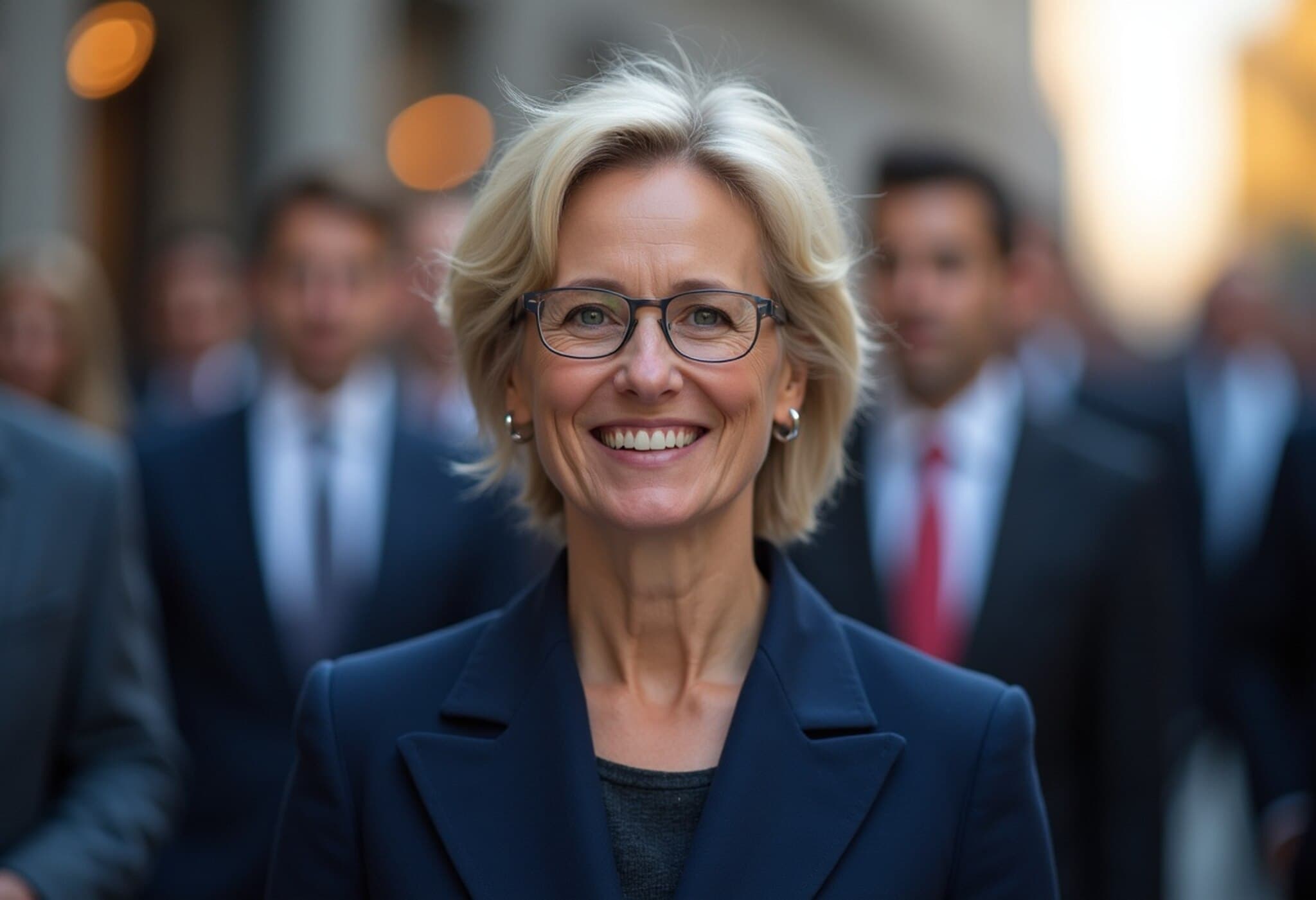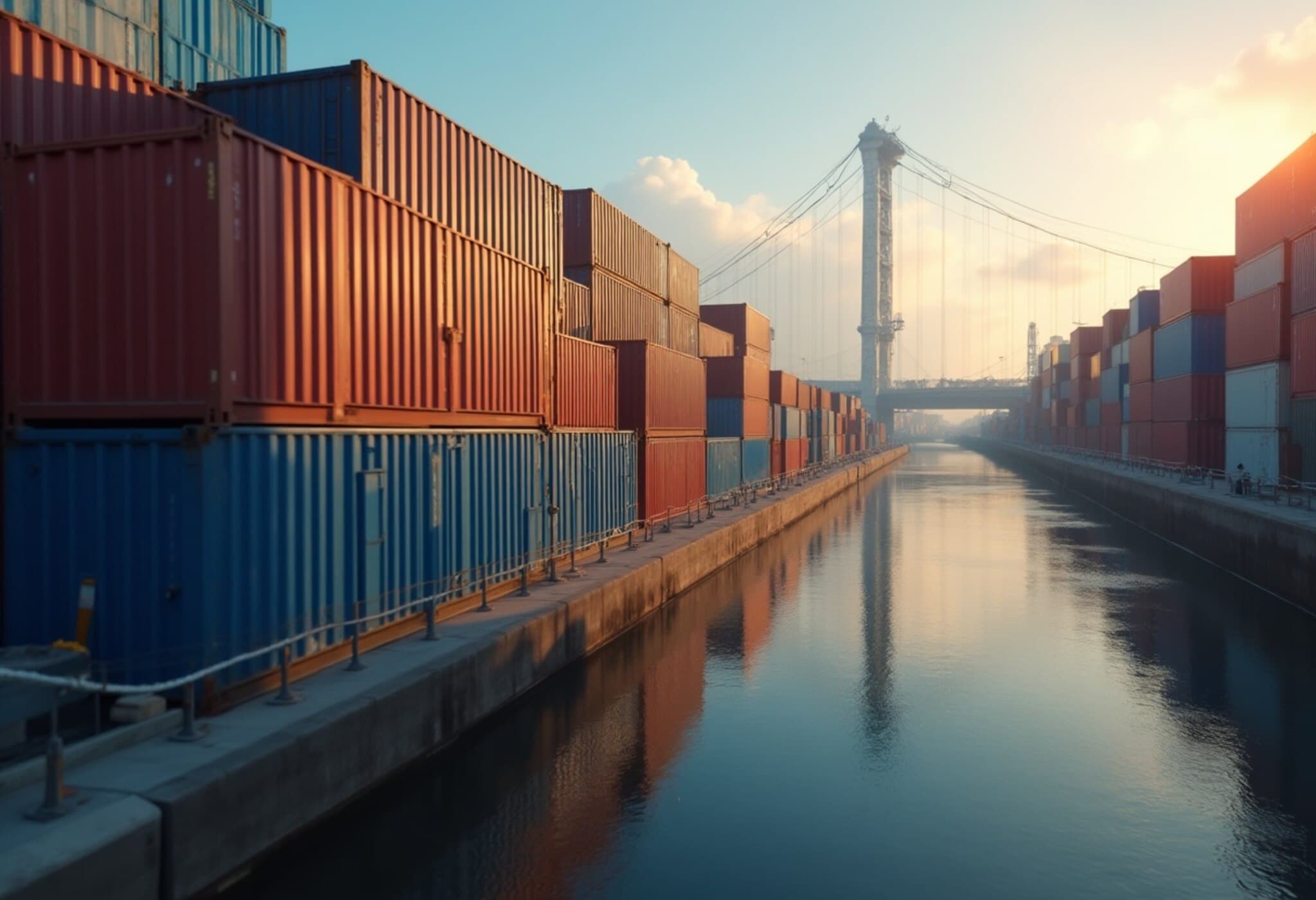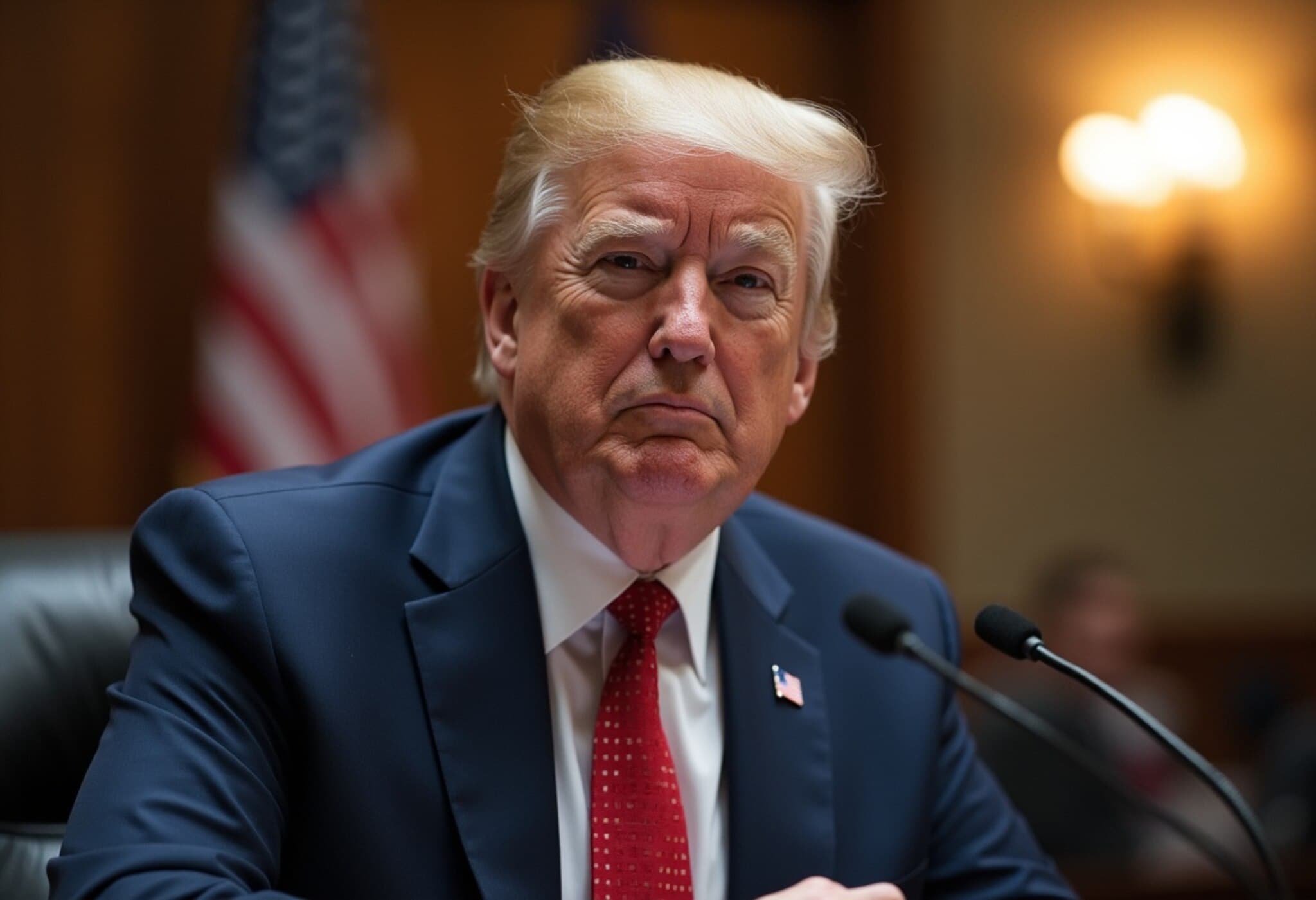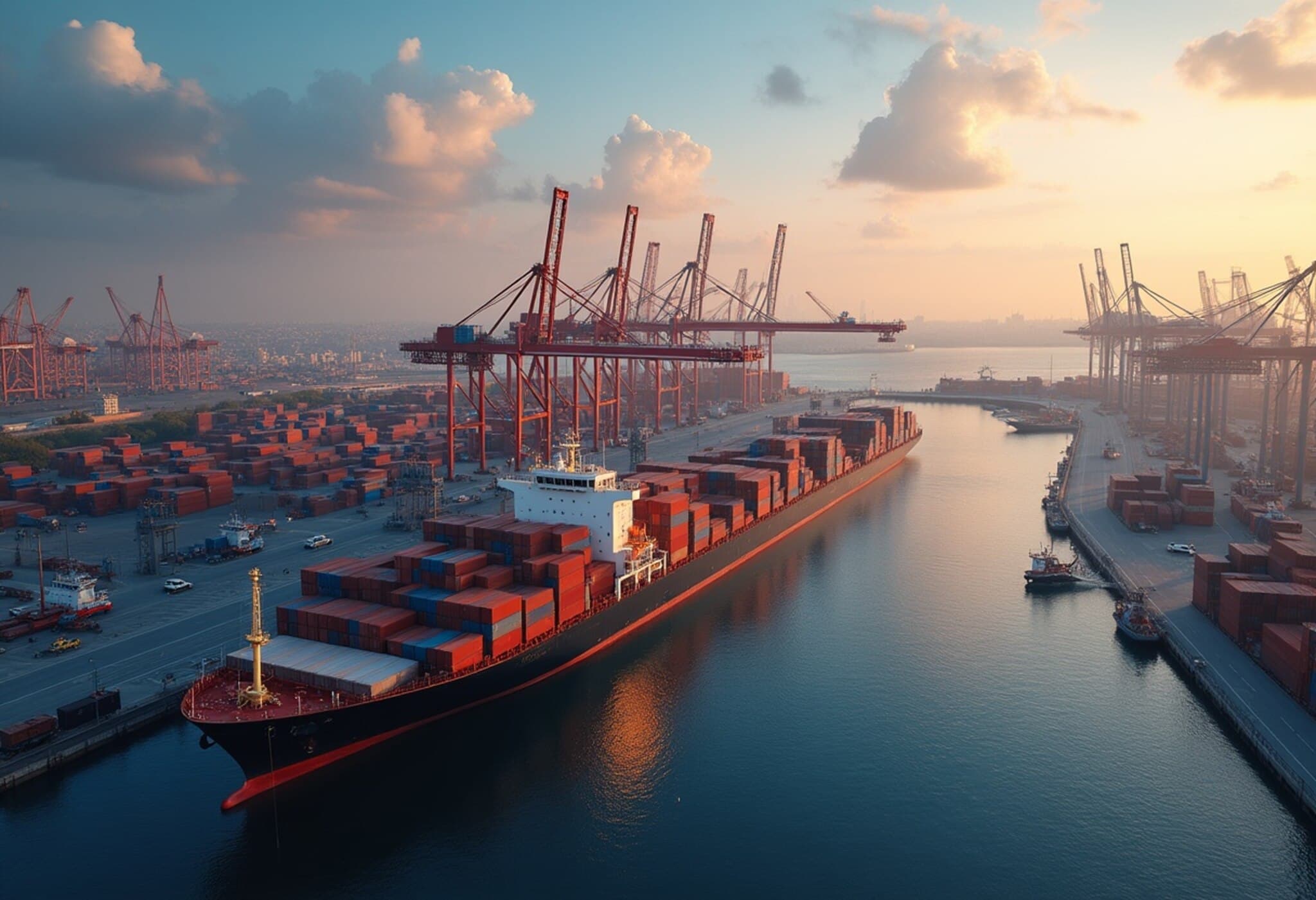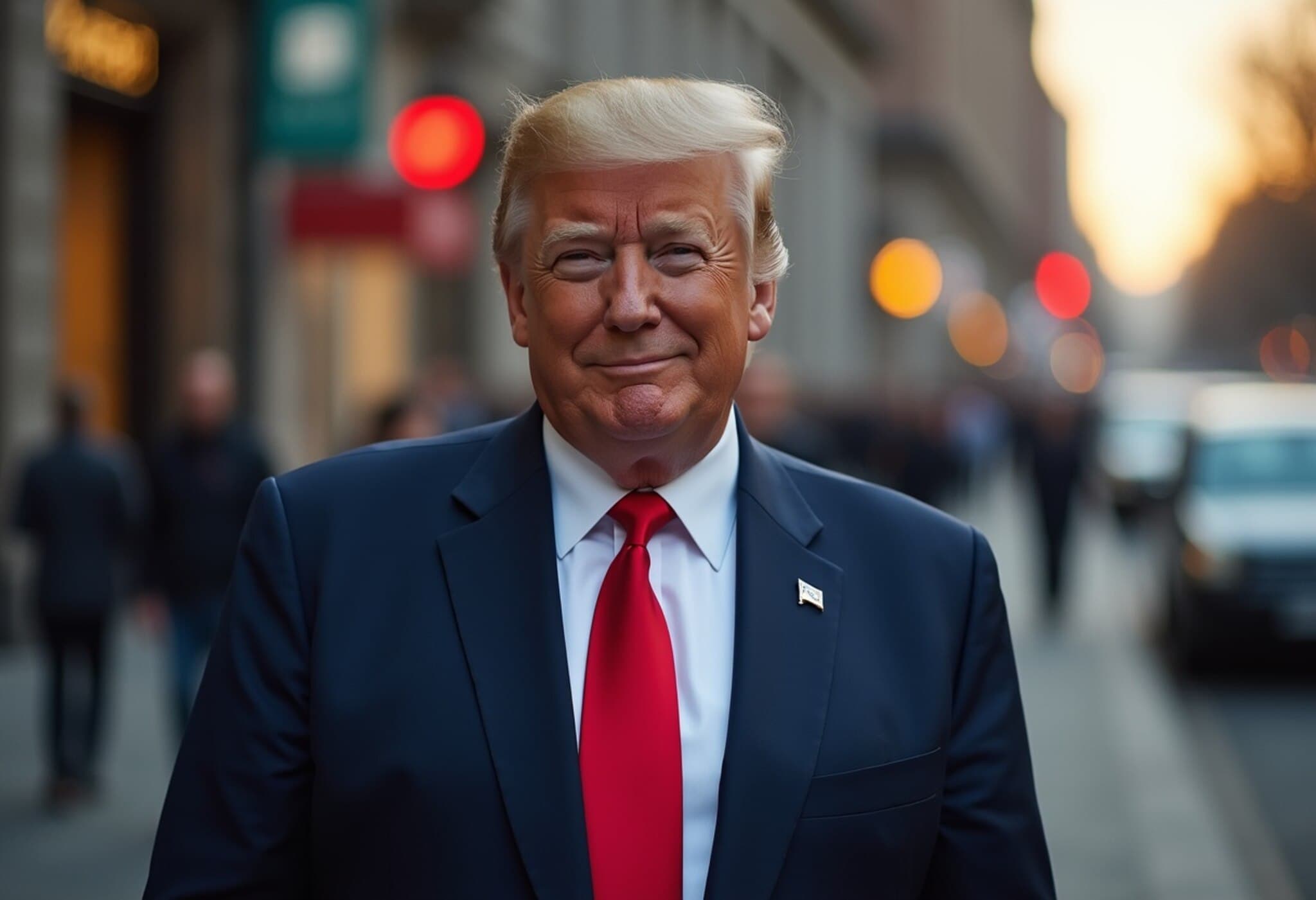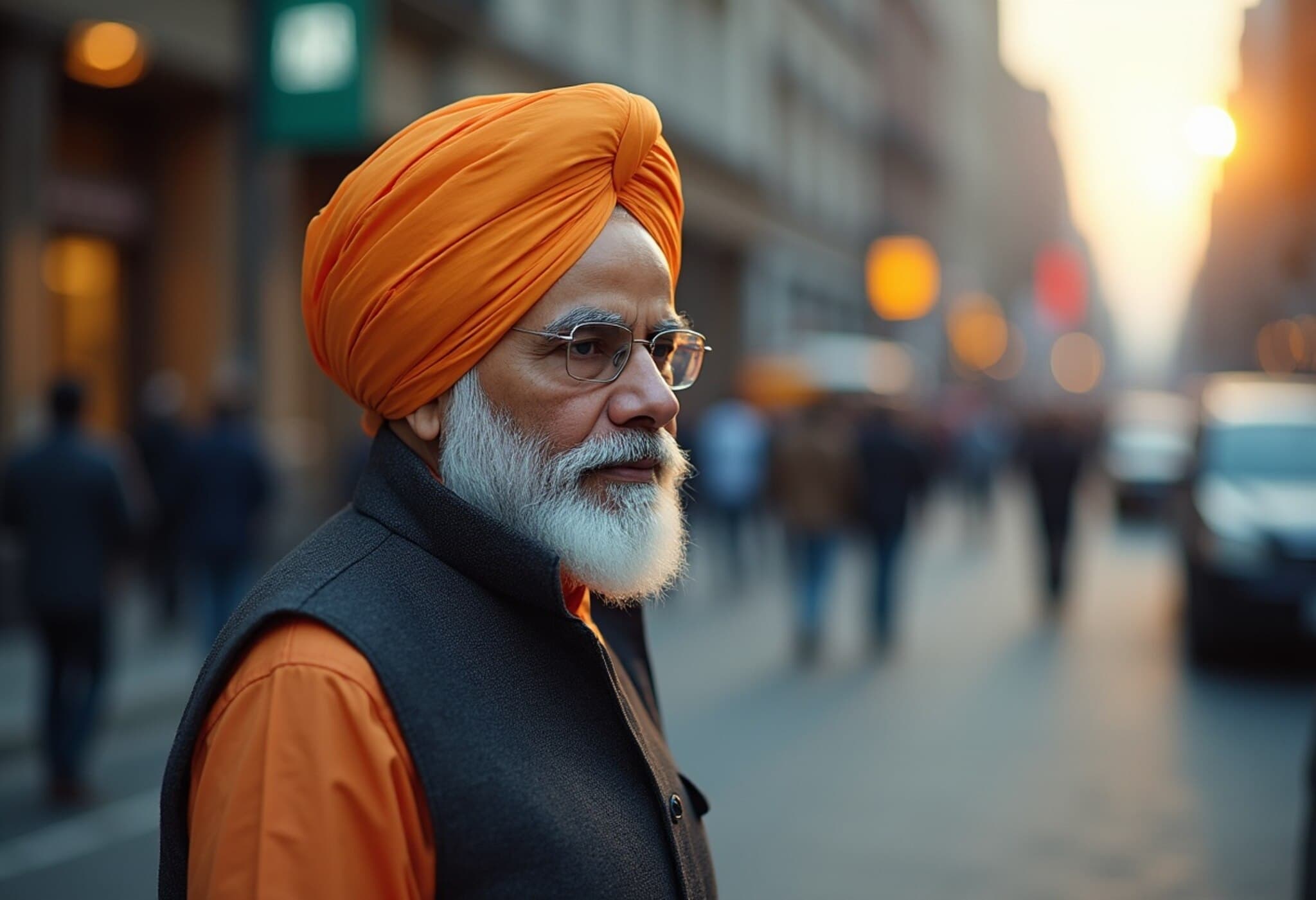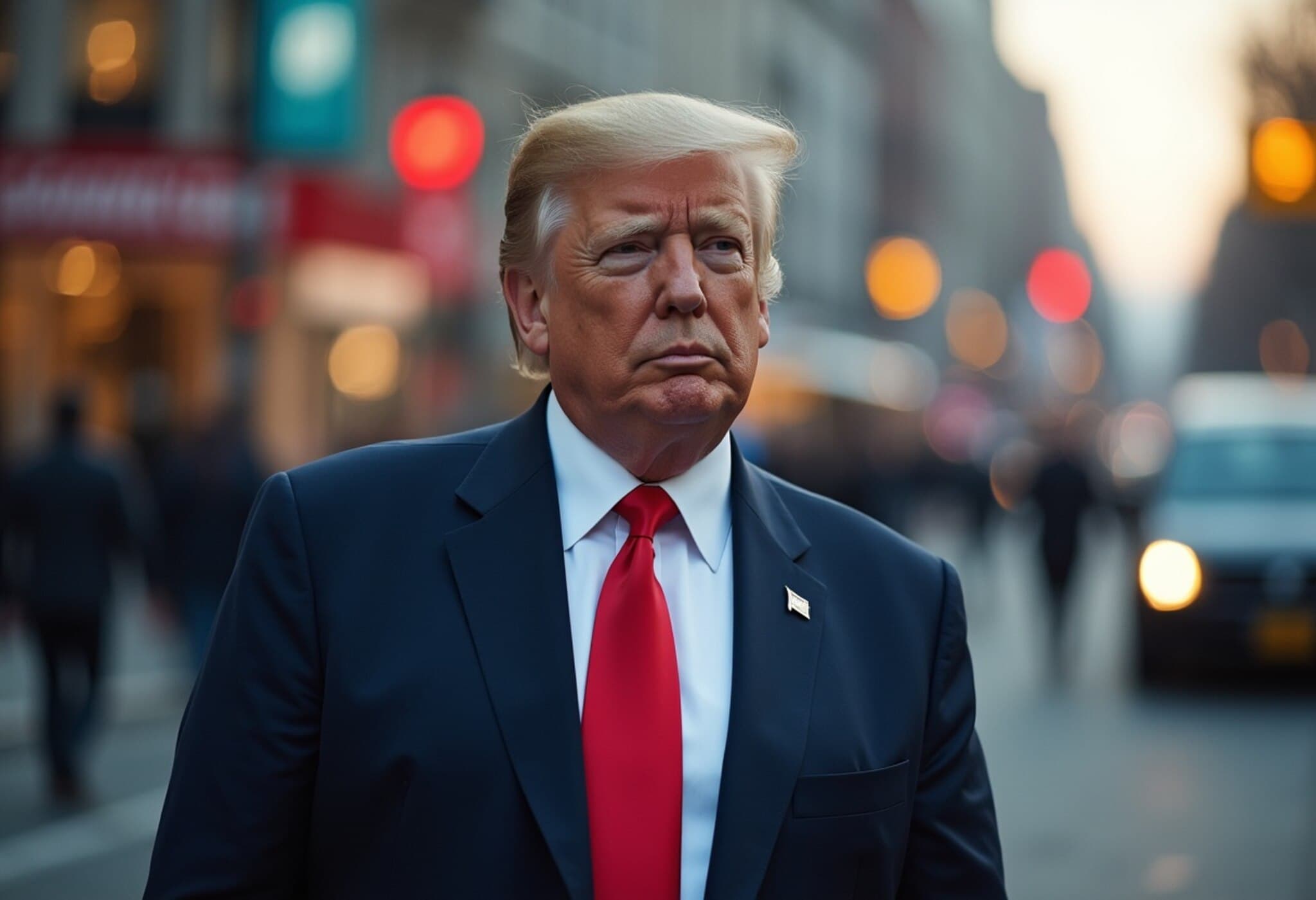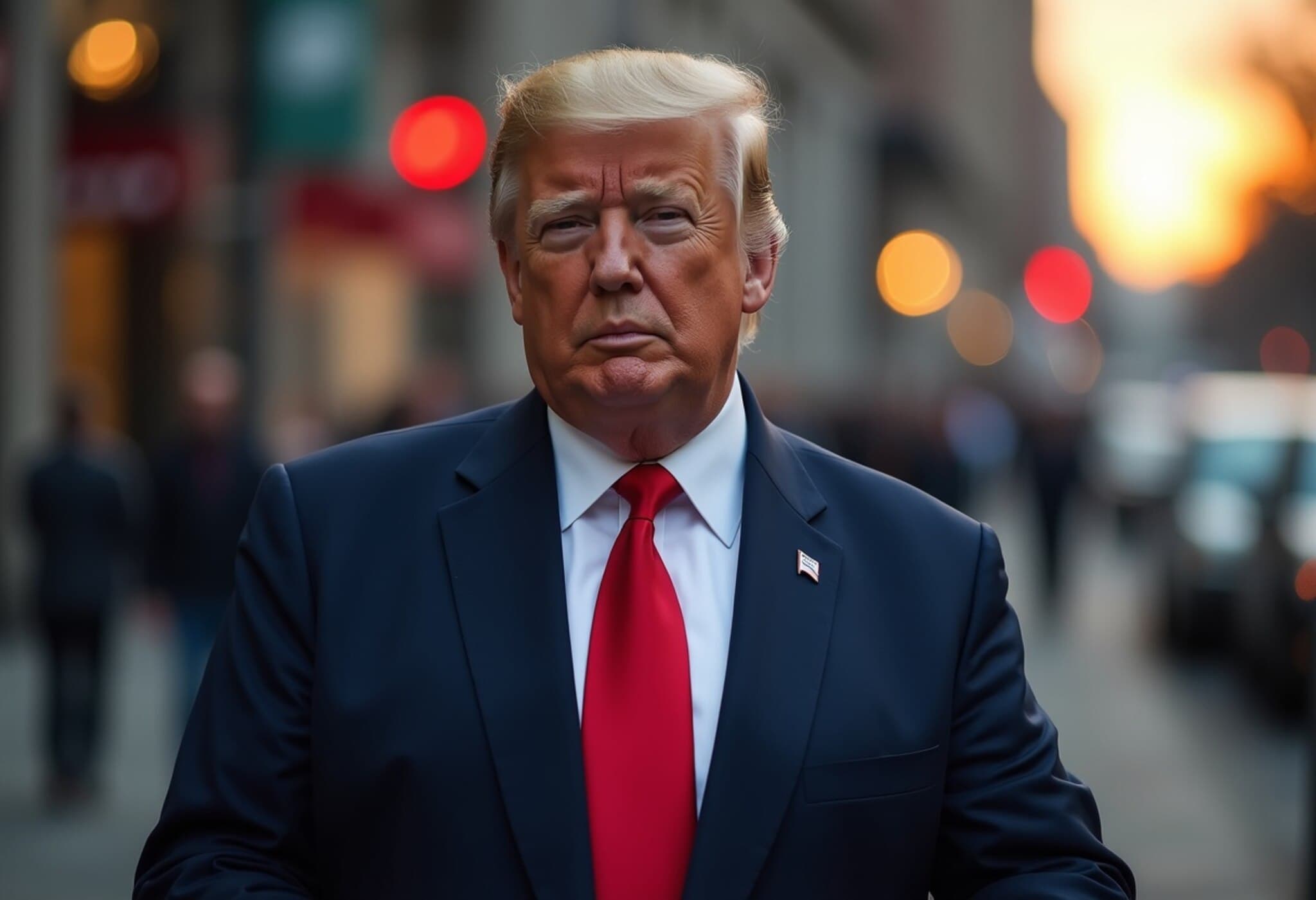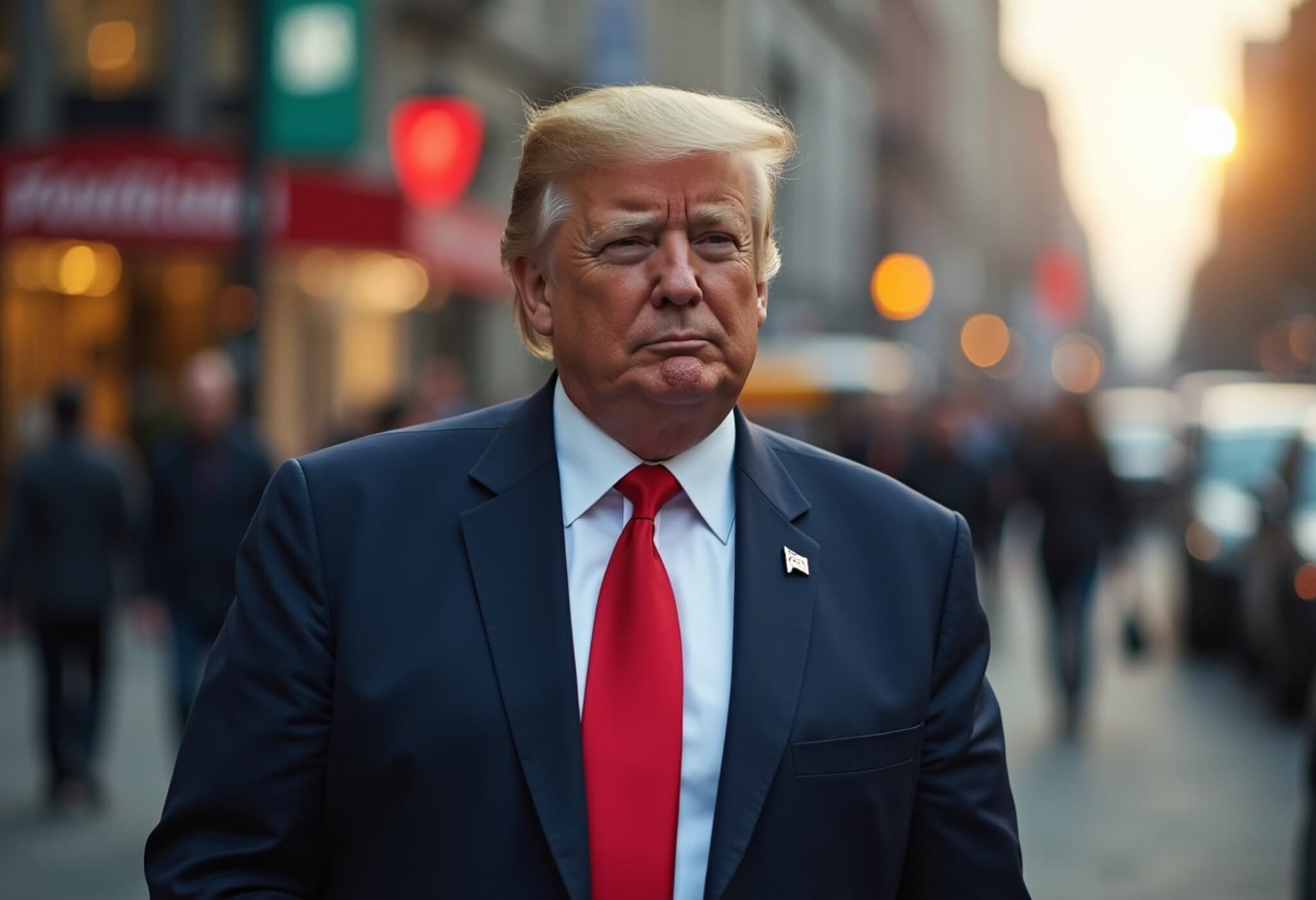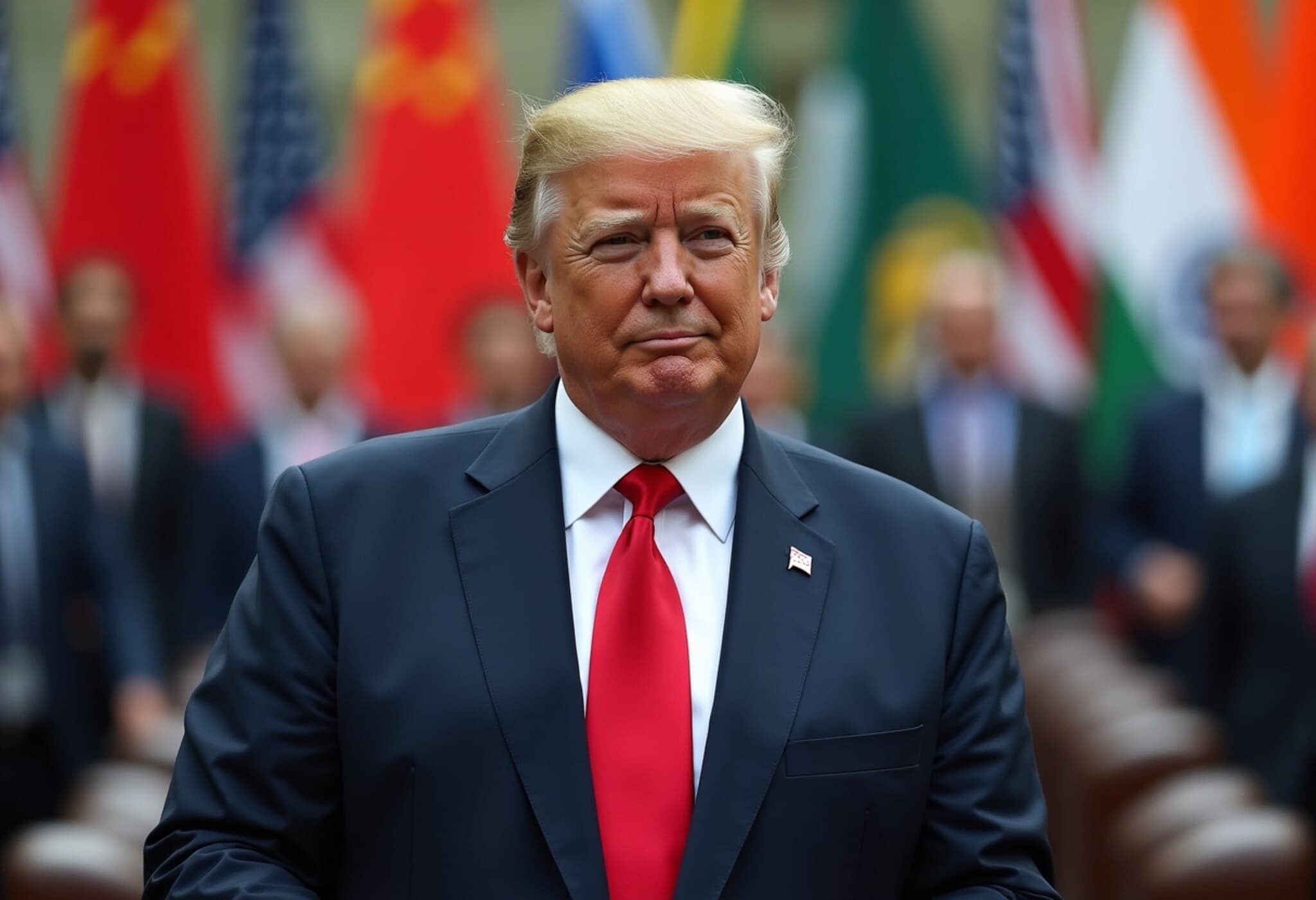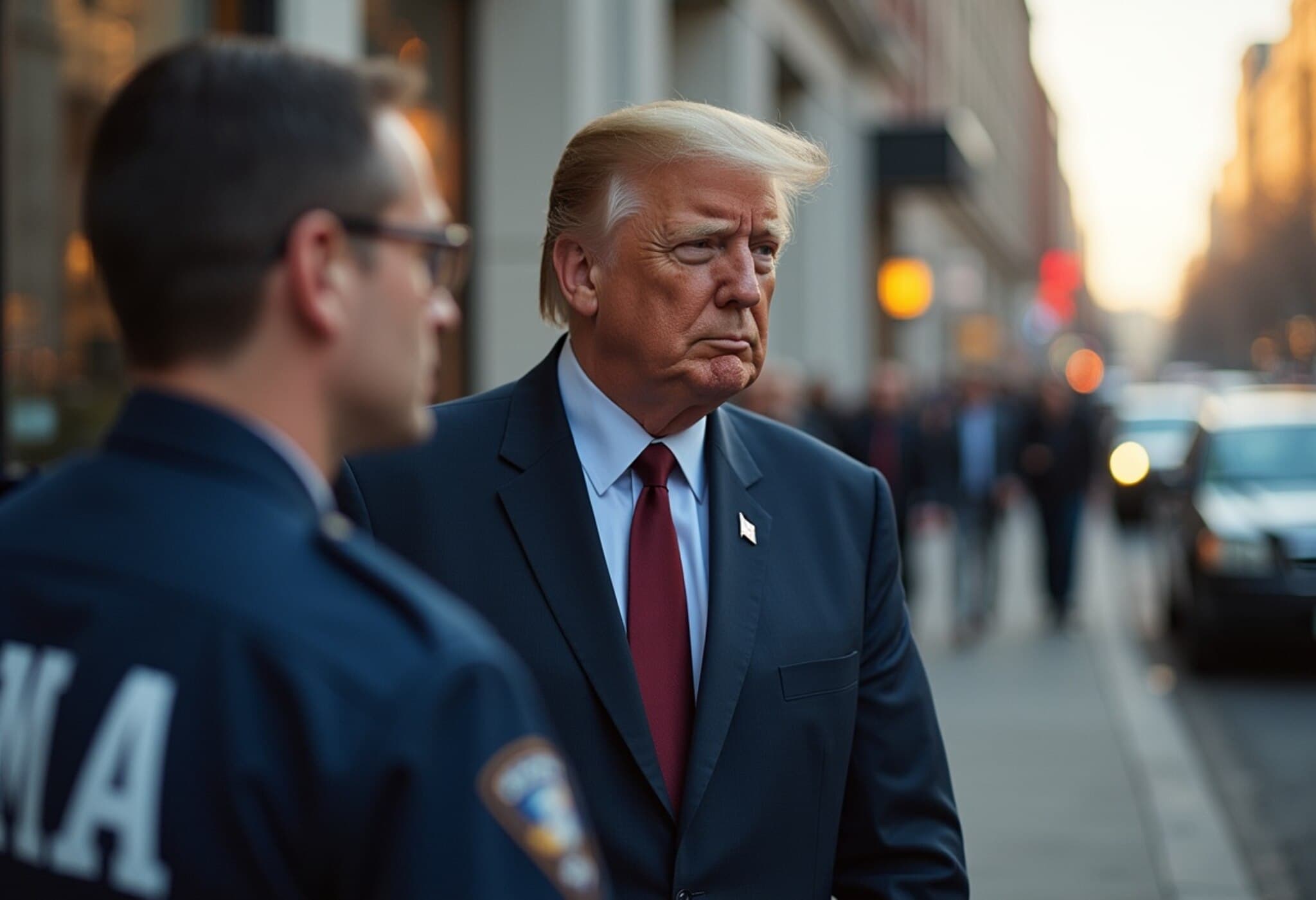US Tariffs on Indian Exports Trigger Alarm Across Industry
On August 27, 2025, the US government’s recently escalated tariffs specifically targeting Indian-origin products officially went into effect, stirring significant concern among exporters, manufacturers, and trade analysts alike. The Federation of Indian Export Organisations (FIEO) has raised a clarion call for immediate and strategic government intervention to help mitigate potentially devastating impacts on India’s export economy.
Understanding the Tariff Escalation: A Double Blow
Originally set at a 25% duty, the tariffs on Indian imports into the US have effectively doubled to 50% for several critical export segments. This increase comes as a consequence of the US enforcing punitive tariffs connected to India’s ongoing purchase of Russian oil—tariffs designed ostensibly to penalize entities trading with Russia amid geopolitical tensions.
The tariff calculation includes the base 25% tax plus an additional 25% penalty imposed under US regulations meant to counter “threats” posed by activities tied to the Russian Federation. This means that sectors handling goods linked—even indirectly—to Russian oil face this steep 50% charge.
Wide-Ranging Impact on Key Export Sectors
About half of India's exports to the US, approximately $87.3 billion worth of goods, are now under threat. The sectors expected to bear the brunt include:
- Textiles and apparel
- Gems and jewellery
- Seafood, notably shrimp exports
- Leather products
- Steel, aluminium, and copper
- Organic chemicals
- Handicrafts
These industries collectively constitute not only a significant portion of India’s export revenue but also provide livelihood to millions, especially in rural and semi-urban India.
Industry Voices: Urgent Call for Government Action
FIEO President SC Ralhan expressed grave concern over the tariff hike, calling it a “major setback” that jeopardizes India's competitiveness in its largest export market.
Ralhan emphasized that approximately 55% of Indian exports to the US, worth nearly $47-48 billion, will suffer a 30–35% pricing disadvantage. This could nudge buyers towards competitors in China, Vietnam, Cambodia, and the Philippines, undermining years of trade growth.
The textile and apparel manufacturing hubs in Tirupur, Noida, and Surat have reportedly scaled back production sharply, as escalating costs erode profitability. The ripple effect extends beyond factories to millions of workers directly or indirectly employed in these sectors.
Seafood Sector on Edge
The seafood export industry, with nearly 40% of its output destined for the US market, faces acute vulnerability. Shrimp exporters warn of looming supply chain disruptions and inventory backlogs that could cascade into farmer distress and revenue losses.
The Confederation of Indian Textile Industry (CITI) has publicly appealed for immediate government assistance, highlighting the dire need for policy measures that can help cushion this blow and restore export competitiveness.
Contextualizing the Challenge
This tariff imposition should be seen against the broader backdrop of volatile global geopolitics, supply chain disruptions, and shifting trade alliances. For Indian exporters, it underscores the critical urgency to diversify markets and fortify bilateral trade frameworks.
From an American economic policy perspective, these tariffs reflect the US's strategic effort to isolate Russia economically but raise important questions about collateral damage and the efficacy of such unilateral trade measures.
What Lies Ahead?
Looking forward, Indian policymakers face a complex balancing act: safeguarding export growth, enhancing diplomatic dialogue with the US, and exploring alternative markets and value chains.
Possible government interventions might include:
- Financial relief and subsidies for affected sectors
- Trade negotiations to seek exemption or reduction of tariffs
- Investment in skill development and technology to boost cost competitiveness
- Accelerated initiatives to explore emerging markets beyond the US
Editor’s Note
The US tariffs on Indian goods, particularly the steep 50% hike, represent more than just an economic challenge—they spotlight the fragility of global trade amid geopolitical tussles. For Indian exporters, it is imperative to navigate this turbulent phase not only through government support but also by innovating supply chains and pursuing diversified markets. Policymakers and industry leaders must collaborate swiftly to prevent long-term damage to sectors that are cornerstones of India’s export landscape and employment.
Readers might consider: How will this tariff escalation affect India’s global trade diplomacy? Can India leverage this challenge as a catalyst for strengthening south-south trade partnerships? These are critical questions as the international trade environment grows increasingly complex.


